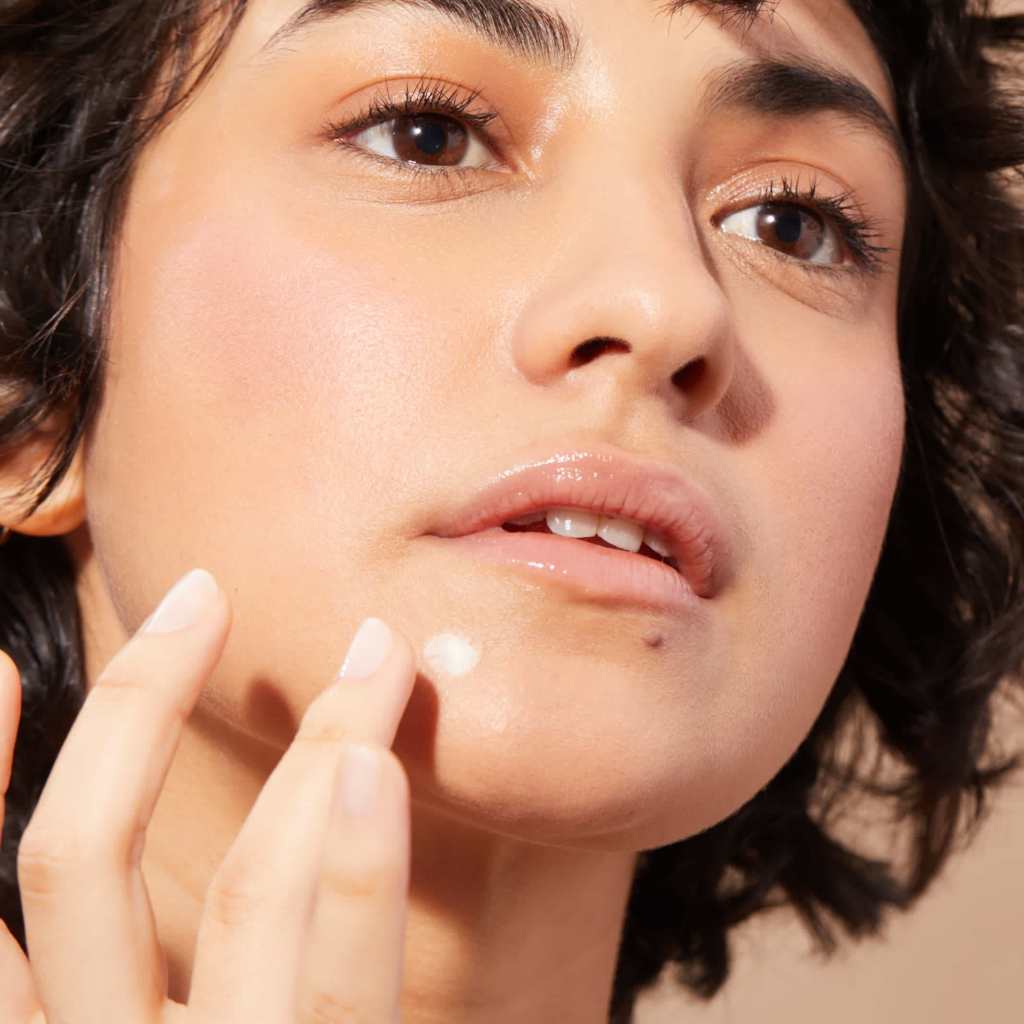Big things are happening in the beauty industry, like a brand-new acne retinoid breakthrough. Aklief Cream, which contains trifarotene, is the first topical retinoid to get approved by the U.S. Food and Drug Administration (FDA) for use on acne in over 20 years, and it’s coming to a dermatology provider near you.
For those who aren’t familiar with retinoids, they are vitamin A derivatives often prescribed by dermatologists to topically treat various skin conditions – acne included. There are already a variety of retinoids out there, but the Aklief Cream is unique. “It’s the only retinoid that specifically targets retinoic acid receptor (RAR) gamma, the most common RAR found in the skin,” board-certified dermatologist and Galderma consultant Julie Harper, MD, told POPSUGAR. “Other retinoids are less specific and target other receptors (RAR-alpha, RAR-beta) in addition to RAR-gamma. The selectivity of trifarotene means the product is potent even at low concentrations.
Aklief Cream has been cleared as a once-daily treatment for patients with acne over the age of 9, as long as approved by a dermatologist. It can be used not only on the face but on the body too, where many people experience breakouts. This is a major feat because, “52 percent of patients with facial acne also have acne on their back, shoulders, and chest, yet, despite the prevalence of acne on these parts of the body, until now, no topical treatments have been clinically proven to be safe and effective to treat acne in these areas,” said Dr. Harper. Its potency at lower concentrations is what makes this topical safe for larger surface areas like the body.
If all of this sounds like it’s just what you need, schedule an appointment with your dermatologist to talk it over. Like with any prescription, your doctor will be able to tell you whether it’s a right fit for you.
“For patients with mild to moderate acne on the face and/or truncal area (chest, shoulders, and back), I recommend Aklief Cream,” said Dr. Harper. “I like to offer Aklief Cream as an effective option to my teenage and young adult patients because 85 percent of teens and young adults experience acne.”

